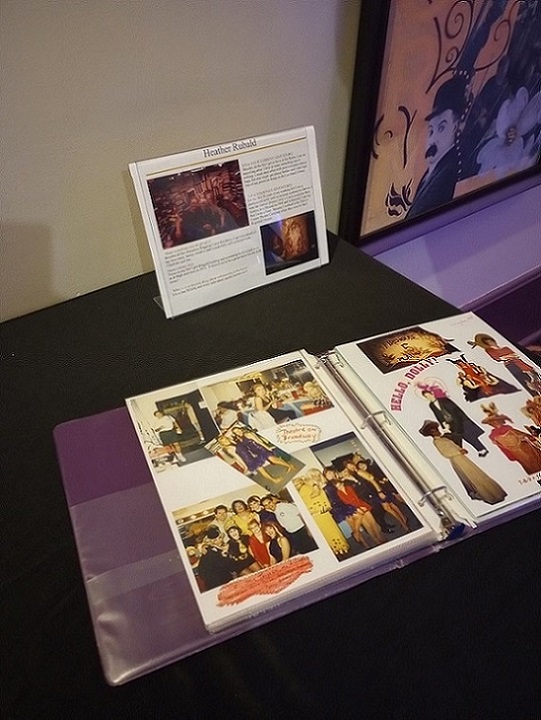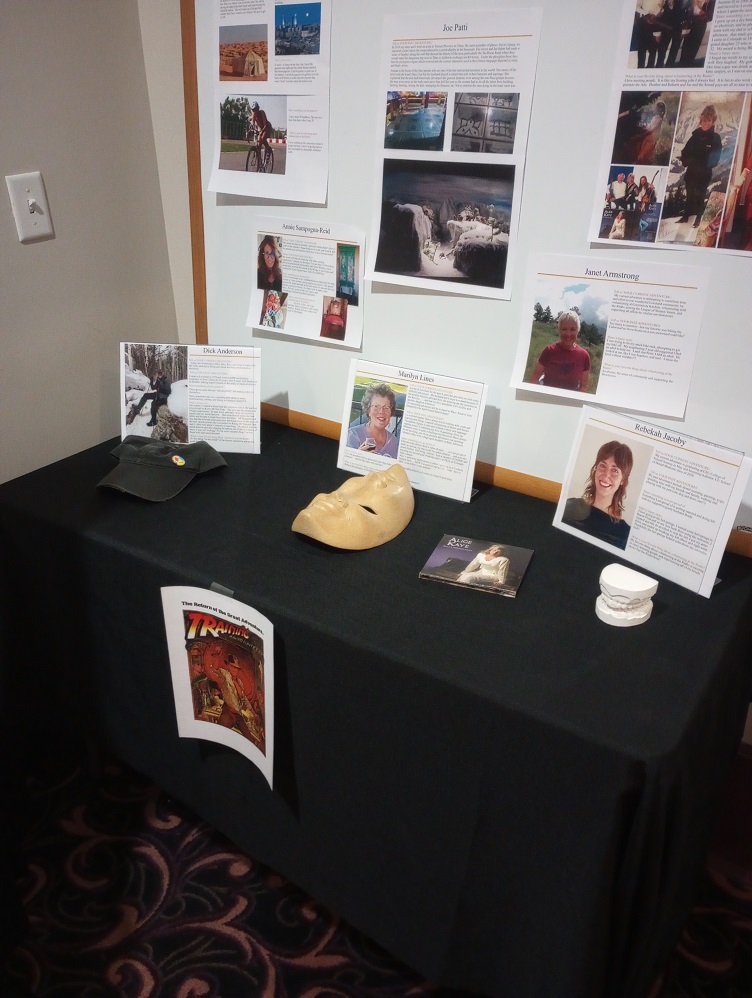Yesterday I saw a post on LinkedIn where Ruth Hartt was reinforcing the idea that people purchase the outcomes they desire rather than things.
In response, commenter Jay Gerhart wrote:
Reminds me of our first JTBD work with Bob Moesta when we simply showed a digital ad for virtual care with a person enjoying an event with their friends. We didn’t have to show them obtaining health care – we showed the result of it. 40% increase!
It happens that the night before, I started re-reading Peter Drucker’s Managing The Non-Profit Organization
On the second page of the first chapter, Drucker essentially says that nonprofit mission statements need to be focused on outcomes. He relates the story of helping an emergency room of a hospital create a mission statement for itself. He says it took them a long time to arrive at a mission statement and when they did, people felt it was ridiculously obvious – “to give assurance to the afflicted.”
And, much to the surprise of the physicians and nurses, it turned out that in a good emergency room, the function is to tell eight out of ten people there is nothing wrong that a good night’s sleep won’t take care of. You’ve been shaken up. Or the baby has the flu. All right, it’s got convulsions, but there is nothing seriously wrong with the child.’ The doctors and nurses give assurances.
…Yet translating that mission statement into action meant that everybody who comes in is now seen…in less than a minute….Some people are immediately rushed to intensive care, others get a lot of tests, and yet others are told ‘Go back home, go to sleep, take an aspirin, and don’t worry…But the first objective is to see everybody almost immediately–because that is the only way to give assurance.”
Framing an audience’s desired goals for an experience in terms of medical outcomes helped further develop my understanding of the concept Hartt has been espousing. Given the choice, very few people would prefer to undergo a medical procedure vs. just going about daily life. While knowing you will enjoy competent care is important, what people really want to know as Jay Gerhart suggests, is that they will come out the other side with as minimal an impact on their daily enjoyment as possible.
Obviously the stakes aren’t as high when attending an arts and cultural experience (one hopes), but there can still be a related anxiety regarding whether the experience will be an enjoyable one. Focusing on how the experience will solve a problem like providing an escape from stress of the work week or providing an opportunity to spend time with family and friends.
I often cite this Lexus commercial as a good example. The parents continue to drive until the kids say they no longer have a cell signal and then the parents stop driving. The voice over says “…and feel what it is like to truly connect.” You aren’t buying a luxury vehicle, you are buying a method to reconnect with your family.
But it isn’t just enough to communicate that message. As Drucker says, it has to be operationalized in some way. But translating it into action isn’t necessarily complicated just as providing assurance in Drucker’s example meant a commitment to making an assessment in a short period of time.






Santa Cruz Shakespeare has several tiers of benefits for donors/members. Some, like season-announcement parties, are open to several tiers. Some,…